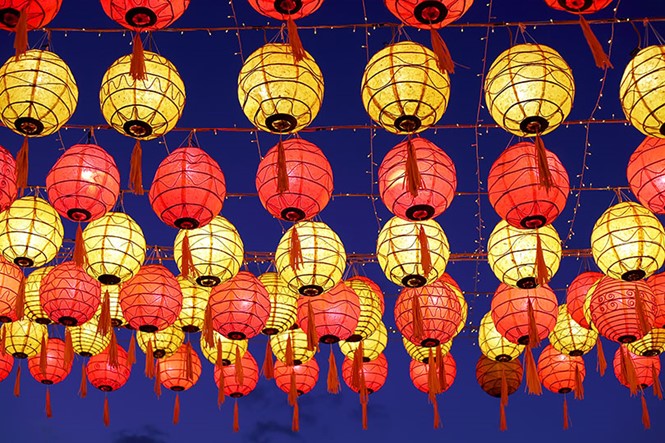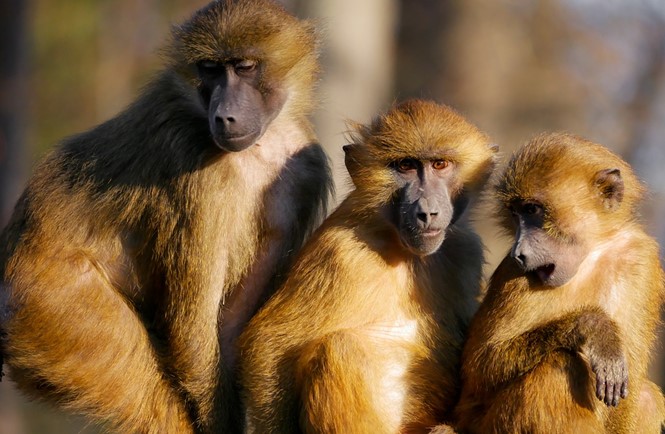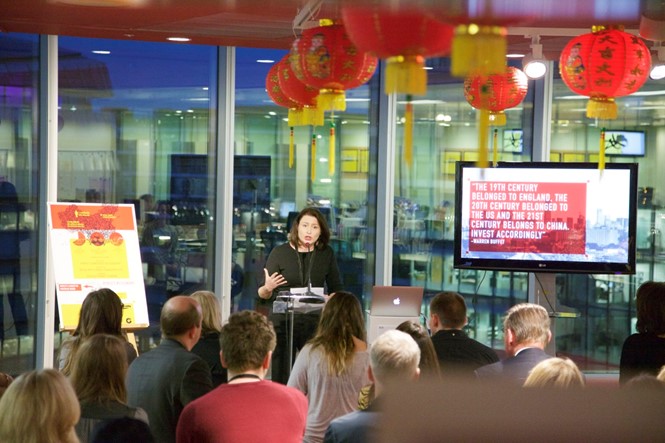Year of the Monkey
In Chinese culture, the darkest day of each year marks the beginning of a new lunar calendar, celebrated as Chinese New Year. This year is Chinese year 4714.
Occurring this year on 8 February, and lasting until 27 January 2017, year 4714 has been underway for well over a month. Each year is also represented by one of eight animals, ranging from chickens, to tigers, to the slightly more fantastical dragon - year 4714 is the turn of the Monkey.
Although perhaps not regarded with such reverence as its mythical counterparts, the monkey is the animal bearing most resemblance, both in form and intellectual capacity, to humans. China’s language, arts and literature are littered with references to primates, and the country itself is home to around a dozen different species.
At an event held in early March by global brand consultancy, Landor, what the year of the Monkey might mean for China’s ever-growing consumer sector was discussed at length. Following on from extensive research conducted by Landor, how China’s increasingly important position in the global marketplace might be consolidated by consumer attitudes was also a major discussion point.
Accompanied by lotus flower cocktails and a variety of dim sum, an immersive Chinese experience was created.
Branding tactics of Chinese companies, based on the year of the Monkey, included as might be expected a series of fairly obvious promotions, designed to relate their particular branded product with the relevant zodiac theme.
From Louis Vuitton to Coca-Cola, merchandise emblazoned with monkey signs and symbols was a common recurrence. However, several brand missteps were highlighted, such as a Givenchy monkey t-shirt design which the discerning Chinese consumer complained was the usual orang-utan brand symbol, merely given a gaudy makeover with what appeared to be eyeshadow.
Yet, it seems the most successful brands, both Chinese and international, will overlook these physical depictions altogether. As the Monkey of the Chinese zodiac symbolises intelligence and power, it is these traits to which the Chinese consumer aspires – and what a brand must encapsulate.
Swelling middle-classes, female empowerment and the unstoppable rise of the Chinese millennial were all cited as key changes in Chinese culture on which brands will seek to capitalise. The generational gap grows starker as the country modernises and domestic policies change; need for individual self-expression is causing brands to adopt a more personal approach to their strategies.
This year of the Monkey, coincides with China’s increasingly empowered population exercising greater freedoms as consumers.
Once a vast untapped resource, multinational companies are continuing to recognise the value of successful brand placement in a country that harbours the largest global population. How Chinese, rather than Western, brands, will approach these changes is where opportunity for growth lies.
















